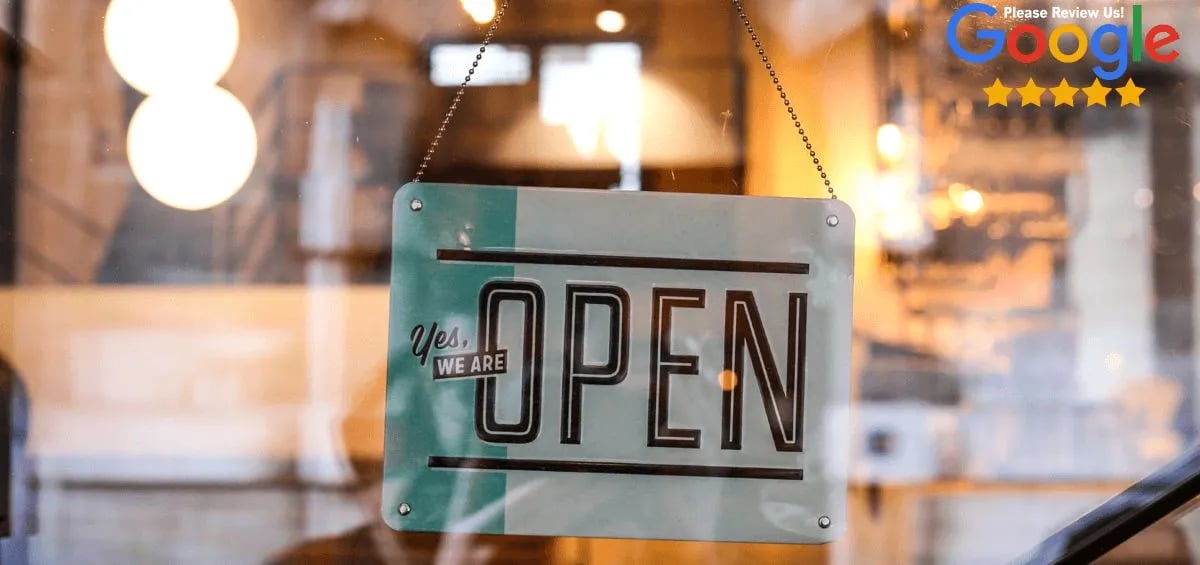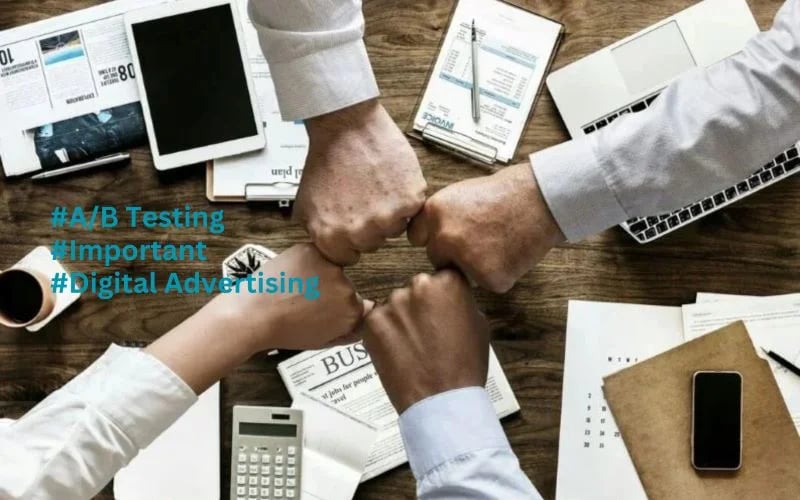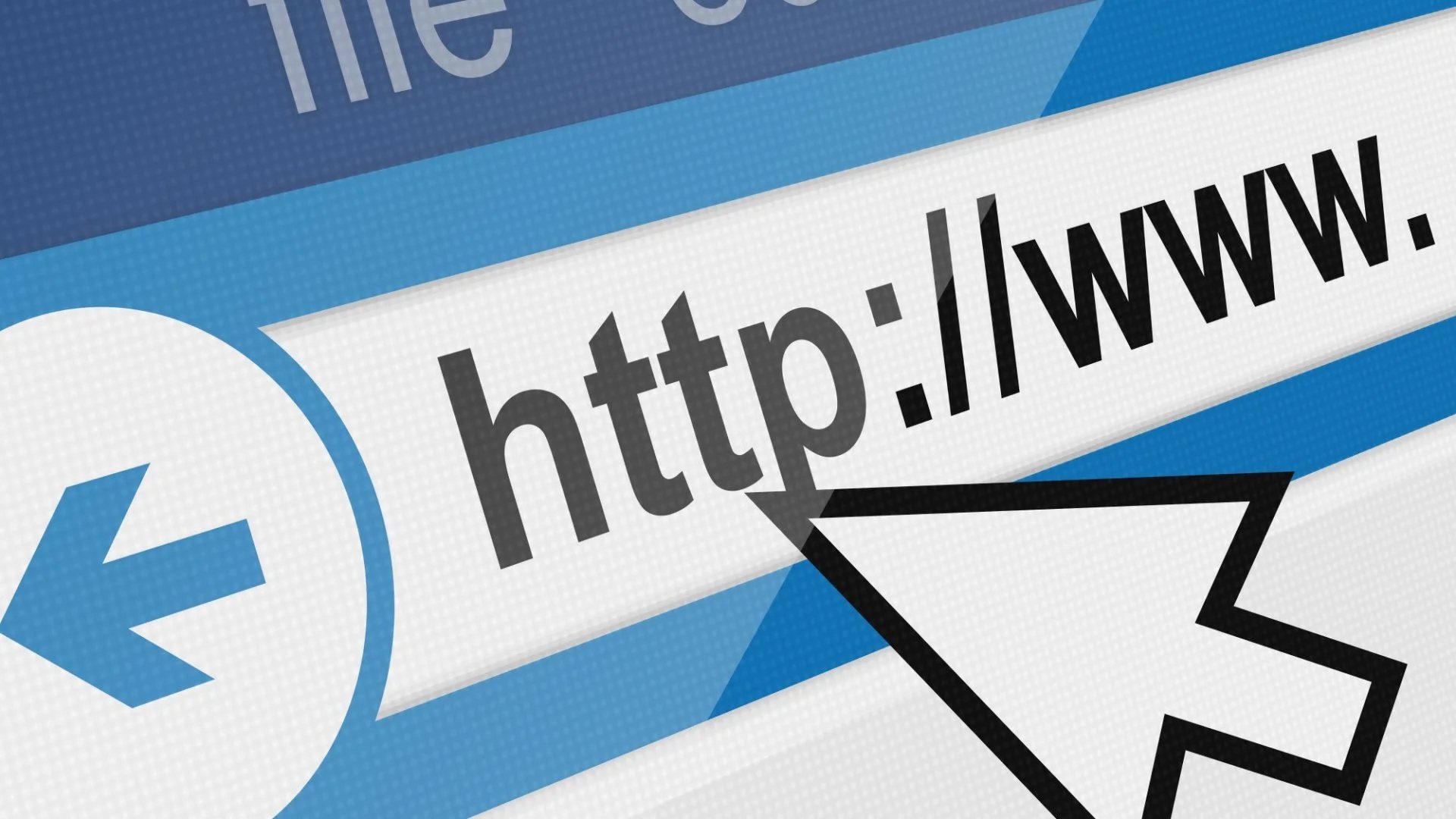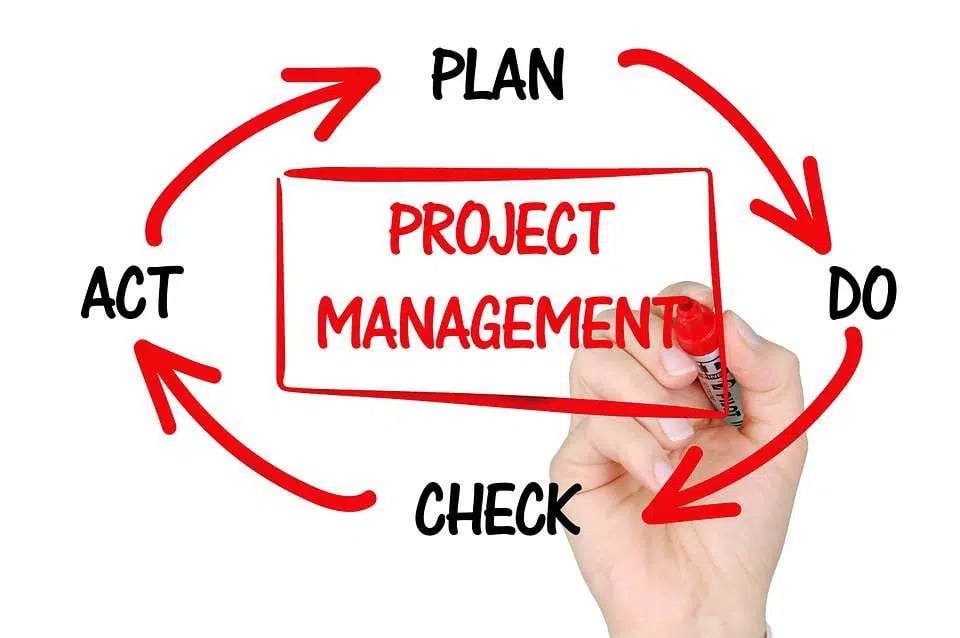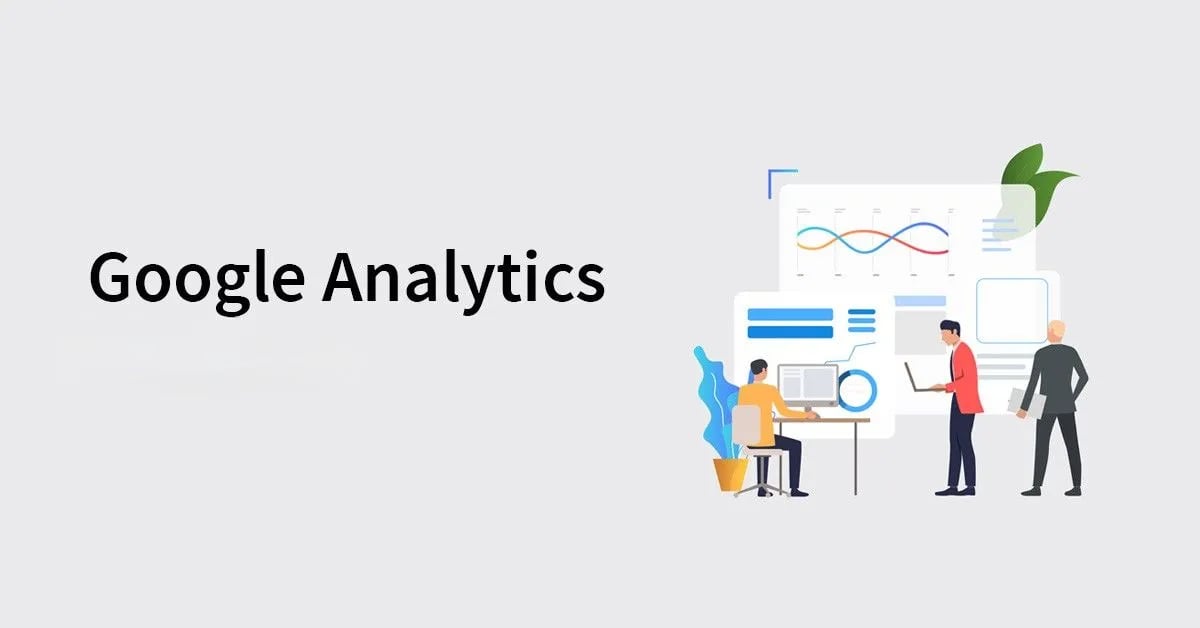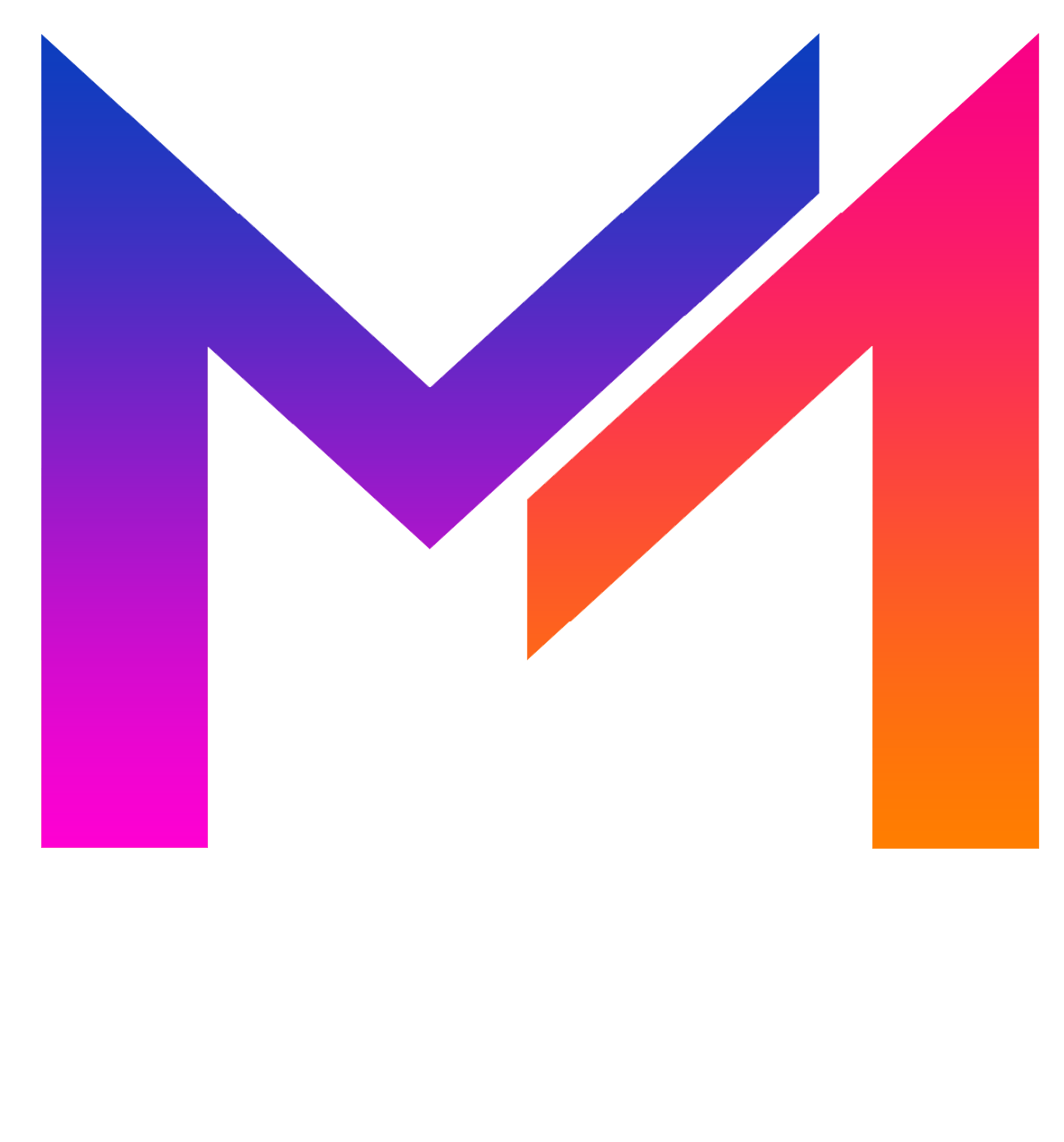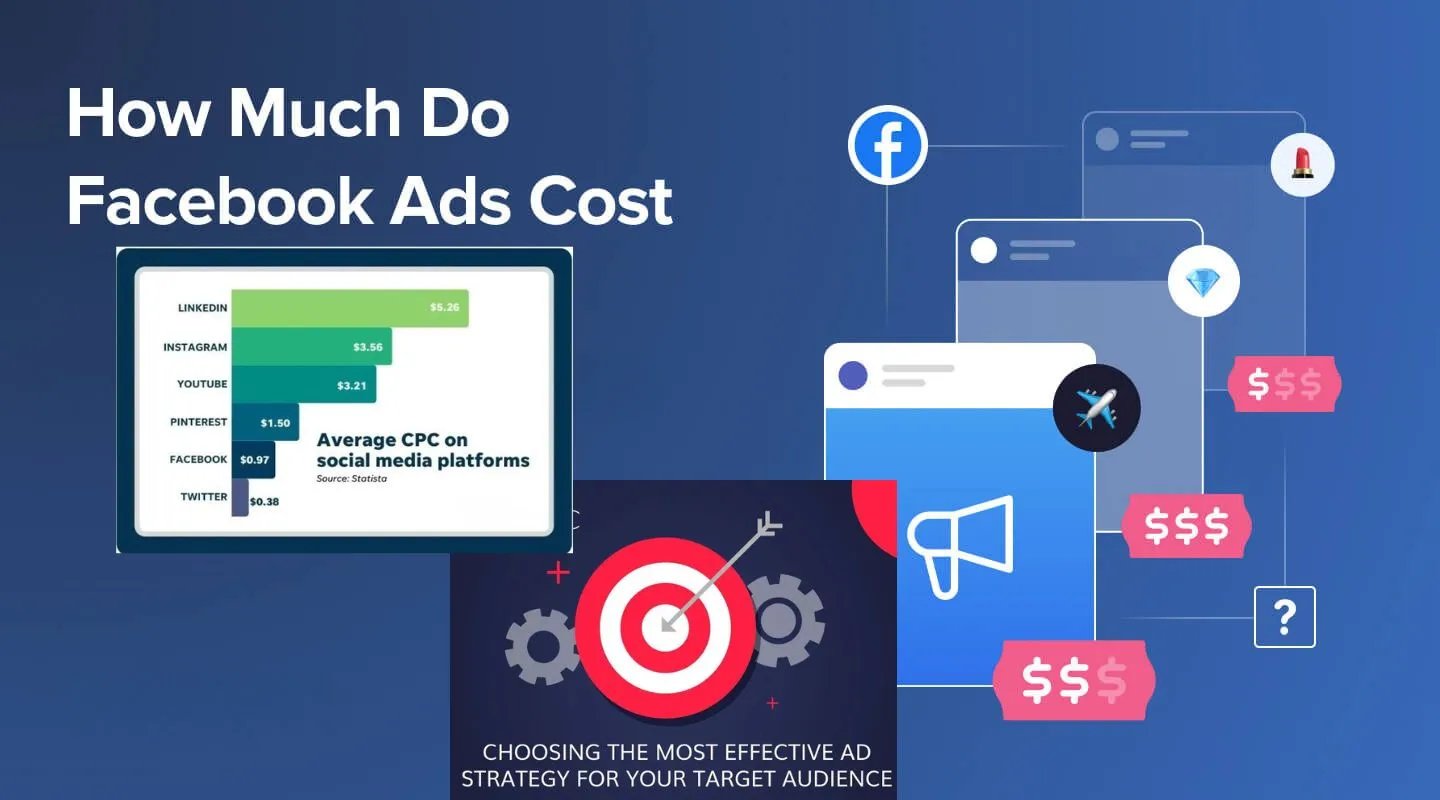
Many businesses wonder about the cost of Facebook ads and how it impacts their marketing budget. Understanding the factors that influence Facebook ad costs, such as audience targeting, industry competition, and campaign objectives, is crucial for maximizing ROI. With over $636 million in ad spend analyzed, our comprehensive guide provides benchmarks and tips to help businesses make informed decisions and get the most out of their advertising budget. Learn how to strategically allocate funds for Facebook ads to attract and retain customers, generate leads, and ultimately grow your business.
How Facebook Ad Pricing Works
Auction-Style Format
An auction-style format is the most common bidding strategy on Facebook. With this format, you set a budget and Facebook automatically bids on each ad placement to get you the best results within that budget. This format is ideal for new Facebook advertisers as it simplifies the bidding process.
Bid Strategies
Facebook offers various bid strategies to choose from. These strategies help optimize your ad campaigns for specific goals. Automated bidding strategies are recommended for beginners, while advanced users can opt for manual bid caps. This requires a deep understanding of your expected ROI and average conversion rates to be successful.
This can be achieved effectively with the help of analytics tools like Hootsuite Advanced Analytics, which provides detailed insights into your paid and organic ROI combined.
Factors Affecting Facebook Ad Cost
- Your audience targeting plays a significant role in determining Facebook ad costs. Micro-targeting can lead to higher costs per click but better conversion rates.
- Industry competitiveness, time of year, competition, and bidding strategy all influence ad costs.
- Ad format, campaign objective, quality rankings, and engagement metrics also impact Facebook ad costs.
On Facebook, it’s vital to continuously monitor and optimize your campaigns to control costs and maximize ROI. Any fluctuations in costs should prompt a review of your bidding strategy and targeting methods to ensure your ads are performing effectively.
11 Factors That Affect Facebook Ad Cost
One of the key factors that affect Facebook ad cost is Audience Targeting. On average, it will cost more to put your ads in front of a narrower audience than a broad one. Micro-targeting can lead to higher conversion rates and may be a better deal in terms of cost per click.
The industry you are in also plays a role in Facebook ad cost. Some industries, like financial services, are more competitive than others, resulting in higher ad costs for those businesses.
Competition is another factor that influences Facebook ad costs. Larger companies with higher ad budgets can drive up costs for smaller businesses. It’s important to differentiate yourself from your competition to keep costs down.
Time of year and holidays can impact ad costs as well. Costs can fluctuate based on seasonal trends and specific events like Black Friday or Cyber Monday.
Time of day can also affect ad costs, with lower bids usually seen from midnight to 6 am. However, this can vary depending on the audience you are targeting and their online behavior.
Location, bidding strategy, ad formats, and your campaign objectives are additional factors that can influence Facebook ad costs. It’s necessary to consider these factors when planning your advertising campaigns to maximize ROI.
Campaign Objective
Quality, Engagement, and Conversion Rankings
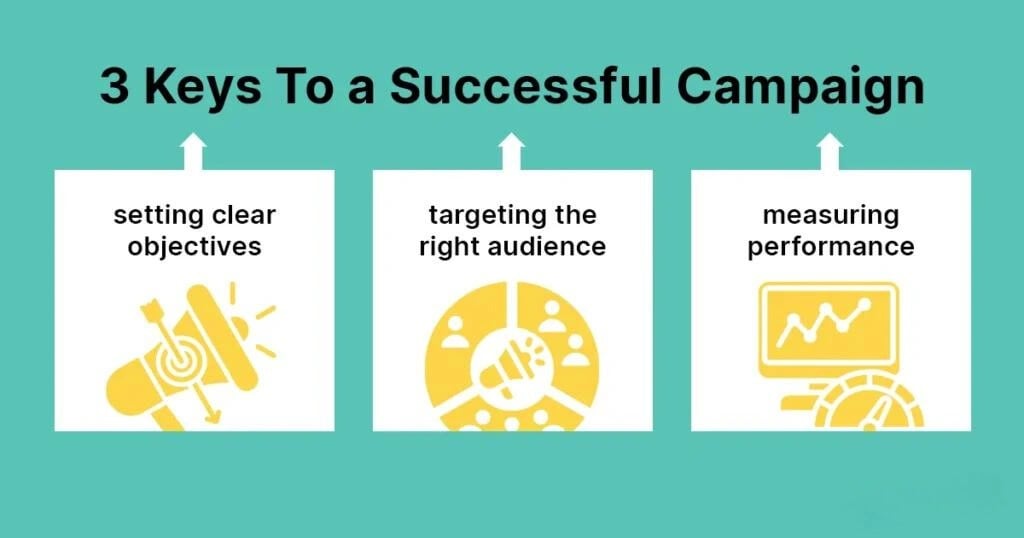
Campaign quality, engagement, and conversion rankings play a crucial role in Facebook ad performance. Facebook assigns scores based on factors like relevance, user feedback, and engagement metrics. These scores impact your ad’s competitiveness in auctions, affecting your ad costs and visibility. Monitoring and improving scores regularly can optimize your campaigns for better results.
Disconnect between Paid and Organic Campaign Performance
With the increasing importance of data-driven decisions, it’s necessary to align paid and organic campaign performance. By using tools like Hootsuite Social Advertising, businesses can gain insights into the combined impact of their paid and organic content. This holistic view allows for strategic optimization, maximizing ROI and enhancing overall advertising efficiency.
For instance, by comparing the performance of paid and organic campaigns, businesses can identify areas of improvement, capitalize on successful strategies, and streamline their marketing efforts for a cohesive and impactful brand message across all channels.
Facebook Ad Cost Metrics
Cost per Click (CPC)
One of the key metrics to consider when looking at Facebook ad costs is the Cost per Click (CPC). The average CPC varies depending on the time of year, the industry, and your competition. In 2023, it is expected that CPCs will increase, especially during the fourth quarter. Optimizing your campaign objectives and ad quality can help maximize your return on investment.
Cost per Like (CPL)
Facebook ad campaigns aimed at generating likes on your page can be an effective way to grow your audience. However, the Cost per Like (CPL) has been on the rise, reaching an average of $0.38 in 2021. This cost has been steadily increasing, making CPC campaigns potentially more cost-effective. Consider remarketing ads or using audience targeting to make the most of your CPL campaigns.
Cost per Action or Conversion
On Facebook, the Cost per Action or Conversion varies based on your campaign objective. Different objectives, such as impressions, reach, lead generation, conversions, or link clicks, can impact your costs significantly. Choosing the right campaign objective is crucial for controlling your Facebook ad costs and ensuring success.
Return on Ad Spend (ROAS)
Clicks, likes, comments, and shares all contribute to your Return on Ad Spend (ROAS) on Facebook. Monitoring and improving your engagement metrics can lead to a more competitive bid, increasing your chances of winning ad auctions. By focusing on creating high-quality ads that resonate with your audience, you can improve your ROAS and overall campaign performance.
Average Bid per Ad
Any successful Facebook advertising strategy involves understanding your Average Bid per Ad. This metric can be influenced by various factors, including your industry, competition, and target audience. By optimizing your bidding strategies and monitoring your ad performance, you can adjust your Average Bid per Ad to ensure optimal results and cost-effectiveness.
Cost per Click (CPC) Benchmarks
CPC by Month
Benchmarks for Cost per Click (CPC) vary by month, with trends showing lower CPCs at the beginning of the year and a gradual increase throughout the year. In 2020, the impact of the pandemic caused a dip in CPCs, while in 2021, costs ramped up in Q4 due to heightened holiday shopping competition. Understanding these fluctuations can help you optimize your advertising budget for the best return on investment.
CPC by Day of the Week
When comparing CPCs by day of the week, it is observed that costs are typically lower on weekends due to increased social media usage. While the difference in CPC between weekdays and weekends is not significant, leveraging this data can help you strategically plan your ad campaigns. Analyzing historical trends can guide you in determining the most cost-effective days to run your Facebook ads.
For instance, in 2020, Tuesday and Wednesday were identified as the most cost-effective days for CPC, while in 2021, weekends proved to be cheaper for acquiring likes. This data underscores the importance of monitoring and adjusting your ad schedule based on current performance metrics to maximize your ad spend efficiently.
CPC by Time of Day
To optimize your Facebook ad costs, consider the Cost per Click (CPC) trends by time of day. Clicks are generally less expensive from midnight to 6 am in the viewer’s local time zone. By understanding these fluctuations, you can strategically schedule your ads to target cost-effective periods and maximize your ad budget for better results.
Time-specific cost variations are crucial to consider in your ad scheduling strategy. While CPCs may fluctuate throughout the day, analyzing the historical data can help you identify optimal time slots for running your ads to reach your target audience with the lowest possible CPC.
CPC by Goal
The Cost per Click (CPC) varies based on your campaign objective, with conversion campaigns typically commanding higher CPCs compared to other goals. Understanding the benchmarks for each campaign goal can aid in setting the right objectives to achieve your desired outcomes more efficiently. Aligning your campaign goals with the prevailing CPC trends can help you optimize your ad spend and drive better results for your business.
The selection of the appropriate campaign goal plays a crucial role in determining the success and cost efficiency of your Facebook ads. By analyzing the data on CPC by goal, you can make informed decisions on setting objectives that align with your advertising strategy and budget allocation.
Cost per Like (CPL) Benchmarks
CPL by Month
One important factor to consider when looking at the cost per like (CPL) benchmarks on Facebook is the fluctuation observed over different months. In 2021, the average CPL for Facebook likes was $0.38, with some months seeing even higher costs. This upward trend in CPL emphasizes the need for strategic planning and budget allocation to maximize the return on investment.
CPL by Day of the Week
The cost per like on Facebook can also vary depending on the day of the week. While in 2020, likes were more affordable on weekends, the scenario shifted in 2021 with costs fluctuating unpredictably each quarter. Understanding these fluctuations and optimizing your ad campaigns accordingly is crucial to managing your CPL effectively.
This data highlights the importance of monitoring CPL trends on Facebook and adjusting your ad strategy to capitalize on lower costs and optimize your budget allocation. By leveraging insights from CPL benchmarks by month, day of the week, and time of day, businesses can make informed decisions to enhance their social media advertising performance and effectively engage with potential customers.
CPL by Time of Day
Benchmarks show that the cost per like on Facebook tends to decrease during the late-night hours, particularly between midnight and 6 am. This trend indicates that running CPL campaigns during these hours may yield more cost-effective results. However, businesses should consider their target audience’s behavior and preferences to determine the optimal timing for running CPL ads and maximizing engagement.
Tips to Optimize Your Facebook Ad Costs
- Measure and Optimize Performance
- Choose the Right Bidding Strategy
- Target the Right Audience
- Use High-Quality Ad Formats
Measure and Optimize Performance
The key to lowering your Facebook advertising cost is measuring your performance and making data-driven decisions. Analyze your ad campaigns regularly to identify what’s working and what needs improvement. By optimizing your campaigns based on performance data, you can maximize your ROI and reduce unnecessary costs.
Choose the Right Bidding Strategy
With respect to bidding on Facebook ads, it’s crucial to select the right strategy for your campaign objectives. Whether you opt for budget-based bidding, goal-based bidding, or manual bidding, ensure that your chosen strategy aligns with your advertising goals and budget constraints. This strategic approach can help you achieve cost-effective results and improve your overall ad performance.
Target the Right Audience
Strategically targeting your audience on Facebook can significantly impact your ad costs. By narrowing down your audience based on demographics, interests, and behavior, you can reach potential customers who are more likely to convert. This targeted approach not only improves the efficiency of your ad spend but also enhances the relevance of your ads for better engagement.
Use High-Quality Ad Formats
A well-crafted ad can make a difference in your Facebook ad costs. High-quality ad formats, such as engaging videos or visually appealing images, can capture the attention of your audience and drive better results. By focusing on creating compelling ad content that resonates with your target audience, you can increase the effectiveness of your ads and potentially lower your overall advertising costs.
Summing up
Q: How much do Facebook ads cost?
A: The cost of Facebook ads varies depending on several factors such as industry competitiveness, audience targeting, time of year, and ad content. On average, it can range from a few cents to several dollars per click or conversion.
Q: What factors influence the cost of Facebook ads?
A: Several factors can affect the cost of Facebook ads, including audience targeting, industry competitiveness, competition, time of year, time of day, location targeting, bidding strategy, ad format, campaign objective, quality rankings, and the disconnect between paid and organic campaign performance.
Q: How can businesses optimize their Facebook ad costs?
A: To optimize Facebook ad costs, businesses can focus on measuring performance, tweaking campaigns based on data-driven decisions, targeting specific audiences effectively, creating high-quality engaging ads, setting the right campaign objectives, and monitoring the quality, engagement, and conversion rankings of their ads.
Remember for best SEO result use the keywords “website“, “business”, “customers”, “leads”, and “design brand when applicable. Feel free to enhance or modify the information provided to match your company’s services and offerings.

